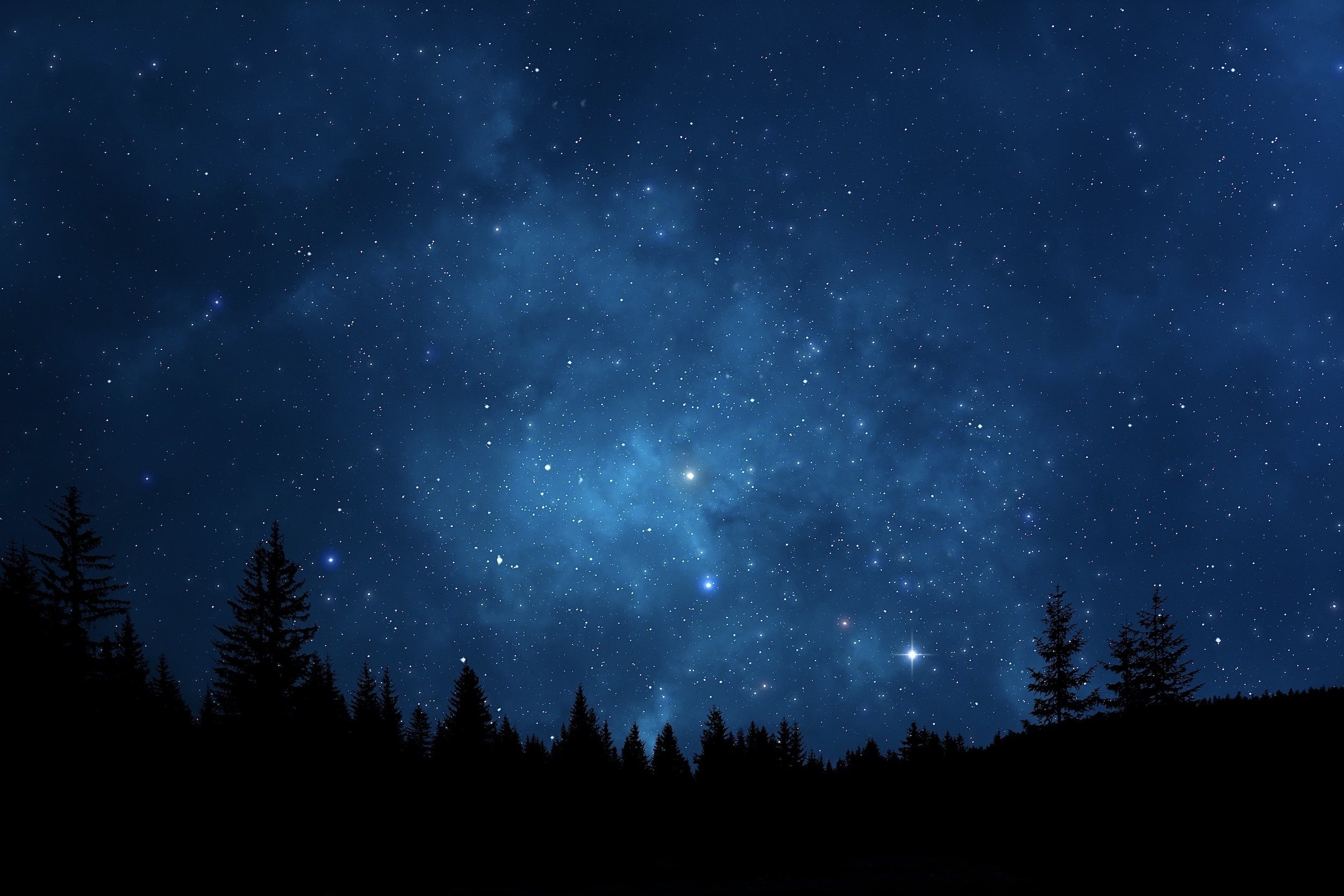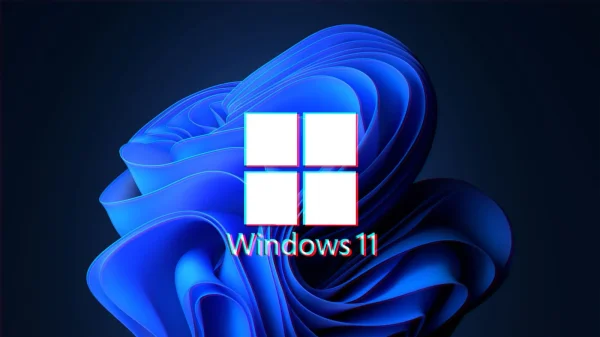If you missed the June 3 planet parade, you’re in luck: a second opportunity is coming in August for stargazers to witness six planets aligned in the sky. These events, referred to as planetary alignments or planet parades, aren’t as uncommon as some other astronomical occurrences.
However, 2024 has been particularly notable with a total solar eclipse, the Aurora Borealis, and June’s planet parade, making it an exceptional year for astronomy enthusiasts.
On the morning of August 24, the prime time to view the planet parade, Saturn, Jupiter, and Mars will be visible to the naked eye. Neptune and Uranus will be visible for most of the night, but they require high-powered binoculars or telescopes.
As the night progresses, Saturn will appear first, followed by Neptune, Uranus, Jupiter, Mars, and finally Mercury at around 5:45 a.m., just 30 minutes before sunrise. The planets will be quite spread out, requiring viewers to turn their heads to see all of them.

Don’t Miss the August Planet Parade with Six Planets Aligned for Stargazers
In the US, the best place to view this event will be the New York state region on August 24 between 5:45 a.m. and 6:15 a.m. ET. Once the sun rises, the daylight will obscure the planets. Globally, other regions will also have the chance to see the parade: Abu Dhabi and Hong Kong on August 23, Athens and Tokyo on August 24, Berlin, London, and Reykjavík on August 26, Mexico on August 28, and São Paulo and Sydney on August 30.
This August alignment is the third such event in 2024. The first was during the total solar eclipse, although some planets were hard to spot. The second was during the week of June 3, when up to four planets were visible to the naked eye, while Uranus and Neptune could be seen just before dawn with binoculars or telescopes.
Most of the US will have the opportunity to view this planet parade. Tests using the Stellarium website show that locations in California, Texas, Ohio, Florida, Washington state, and New York state will have visibility of all six planets for at least a few minutes.
Floridians and Californians will have the smallest viewing window, with Mercury appearing only a few minutes before sunrise. To check local visibility, you can use the Stellarium website or the Sky Tonight app by setting the date to August 24 between 5:30 a.m. and 6:00 a.m.
Jupiter, Mars, and Saturn will be visible to the naked eye, but seeing Neptune and Uranus will require high-powered binoculars or a telescope due to their distance. Mercury might be difficult to spot without magnification because of its proximity to the sun. Weather conditions and city light pollution can affect visibility, so finding a location with clear skies and minimal light pollution is recommended.
Planetary alignments, or planetary parades, occur when multiple planets are visible in the night sky at the same time. While the terms are mostly interchangeable, “planetary alignment” is the official term used by NASA and other space agencies, often referred to as a conjunction. Conjunctions occur when planets appear particularly close together in the sky.
These alignments vary in size, from mini-alignments with three planets to great alignments where all planets are visible, the last of which occurred in 949 CE. Upcoming significant alignments include January 18, 2025, February 28, 2025, and August 29, 2025, with February’s event featuring all seven other planets.









































